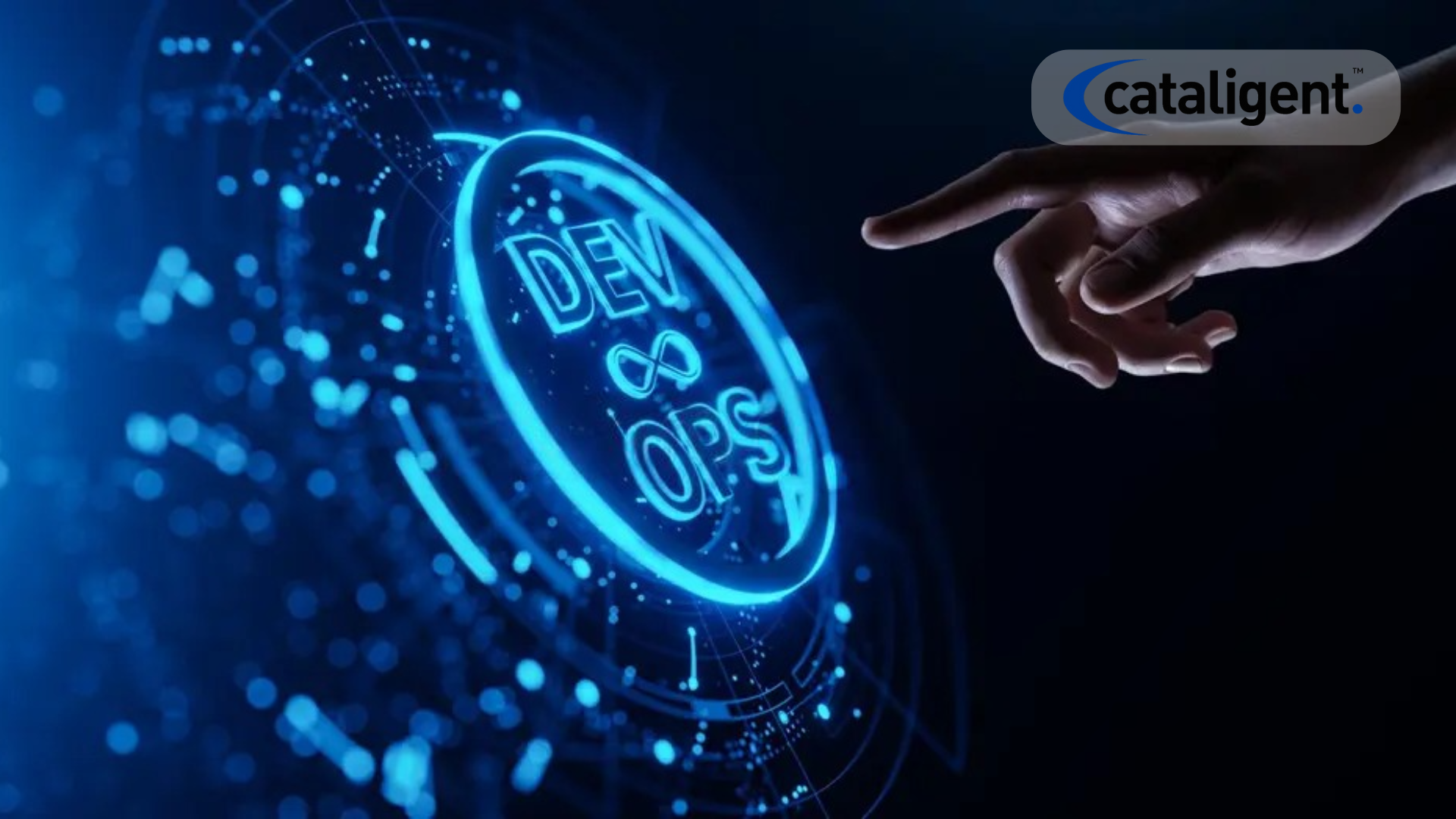Adopting DevOps is a transformative process that requires a cultural shift, a strategic approach, and the right set of tools. Organizations must embrace automation, collaboration, continuous feedback, and iterative improvements to ensure seamless integration between development and operations teams. The key goal of DevOps adoption is to achieve faster software delivery, improved efficiency, and higher quality applications.
By implementing DevOps, companies can bridge the traditional gaps between development, IT operations, and quality assurance, ultimately fostering a culture of continuous improvement. This guide outlines the critical steps and best practices to successfully adopt DevOps in any organization.
Key Steps to Adopt DevOps
1. Foster a DevOps Culture
The foundation of DevOps adoption lies in fostering a collaborative and open culture between development, operations, and other stakeholders.
- Key Activities:
- Encourage cross-functional collaboration between developers, testers, and IT teams.
- Shift from a siloed approach to a shared responsibility model.
- Promote a blameless culture where failures are learning opportunities.
- Regular communication through daily stand-ups, retrospectives, and continuous feedback loops.
- Best Practices:
- Organize DevOps workshops and training for teams.
- Encourage leadership to champion the DevOps transformation.
- Use metrics to measure collaboration and efficiency improvements.
2. Embrace Agile and Lean Practices
Agile methodologies play a crucial role in DevOps adoption by promoting iterative development, fast feedback loops, and adaptability.
- Key Activities:
- Implement Agile frameworks like Scrum, Kanban, or SAFe.
- Break down development tasks into smaller, manageable increments.
- Conduct daily stand-up meetings and sprint planning.
- Emphasize continuous feedback to improve processes.
- Best Practices:
- Encourage a mindset of continuous learning and iterative improvements.
- Use tools like Jira, Trello, or Azure DevOps to manage Agile workflows.
- Prioritize customer feedback in development cycles.
3. Implement Continuous Integration (CI) and Continuous Deployment (CD)
A core component of DevOps is CI/CD, which enables automation, quick releases, and minimal manual intervention.
- Key Activities:
- Set up automated build, test, and deployment pipelines.
- Integrate version control systems like Git, GitHub, or GitLab.
- Automate code validation using unit tests, security checks, and integration tests.
- Best Practices:
- Use Jenkins, GitHub Actions, GitLab CI/CD, or CircleCI for pipeline automation.
- Implement feature flags to enable safe, controlled rollouts.
- Optimize deployment strategies with blue-green deployments and canary releases.
4. Adopt Infrastructure as Code (IaC)
Infrastructure as Code (IaC) allows teams to automate infrastructure provisioning, leading to more scalable, reliable, and consistent deployments.
- Key Activities:
- Use IaC tools like Terraform, Ansible, Puppet, and CloudFormation.
- Define infrastructure configurations as version-controlled code.
- Automate infrastructure provisioning and scaling.
- Best Practices:
- Implement immutable infrastructure to reduce configuration drift.
- Leverage cloud providers like AWS, Azure, and Google Cloud for dynamic provisioning.
- Maintain consistent environments across development, testing, and production.
5. Automate Testing and Security (DevSecOps)
Automated testing ensures software quality, while security integration (DevSecOps) enhances compliance and risk management.
- Key Activities:
- Use automated testing frameworks like Selenium, JUnit, TestNG, and Cypress.
- Implement security checks at every stage of development.
- Conduct static and dynamic security analysis to detect vulnerabilities early.
- Best Practices:
- Shift-left security by integrating security tests into CI/CD pipelines.
- Use vulnerability scanning tools like SonarQube, OWASP ZAP, and Snyk.
- Regularly update dependencies and apply security patches.
6. Monitor and Log Everything
Real-time monitoring and centralized logging provide insights into system health, performance, and security.
- Key Activities:
- Implement real-time monitoring and alerting.
- Collect logs and analyze application performance.
- Conduct post-incident analysis to enhance system resilience.
- Best Practices:
- Use Prometheus, Grafana, and ELK Stack for observability.
- Set up automated alerts and dashboards.
- Implement AIOps (Artificial Intelligence for IT Operations) for proactive issue detection.
7. Encourage Continuous Learning and Improvement
DevOps is an evolving practice, requiring teams to embrace innovation, learn from failures, and iterate on improvements.
- Key Activities:
- Conduct retrospective meetings after each sprint.
- Invest in ongoing DevOps training and certifications.
- Encourage participation in DevOps communities and industry events.
- Best Practices:
- Foster a culture of continuous experimentation.
- Regularly update DevOps workflows based on feedback and industry trends.
- Encourage knowledge sharing through internal documentation and wikis.
Common Challenges in DevOps Adoption and Solutions
1. Resistance to Change
- Challenge: Teams may resist DevOps adoption due to fear of new processes.
- Solution: Provide proper training, leadership support, and gradual transitions.
2. Skill Gaps in DevOps Tools
- Challenge: Teams may lack expertise in automation, CI/CD, and cloud technologies.
- Solution: Invest in certifications, workshops, and mentorship programs.
3. Poor Collaboration Between Teams
- Challenge: Lack of alignment between development, security, and operations teams.
- Solution: Use collaborative tools like Slack, Confluence, and Microsoft Teams.
4. Security and Compliance Risks
- Challenge: DevOps automation can introduce security vulnerabilities.
- Solution: Implement DevSecOps, enforce access controls, and conduct regular security audits.
5. Tool Overload and Complexity
- Challenge: Over-reliance on multiple DevOps tools can cause confusion.
- Solution: Standardize toolchains and establish best practices for tool usage.
Conclusion
Adopting DevOps is a transformational journey that requires strategic planning, the right tools, and a cultural shift. By fostering collaboration, automating processes, and implementing continuous monitoring, organizations can significantly improve software delivery speed, reliability, and security.
Following the outlined steps and best practices will help teams successfully transition to a DevOps-driven environment, ensuring higher efficiency, innovation, and customer satisfaction.

